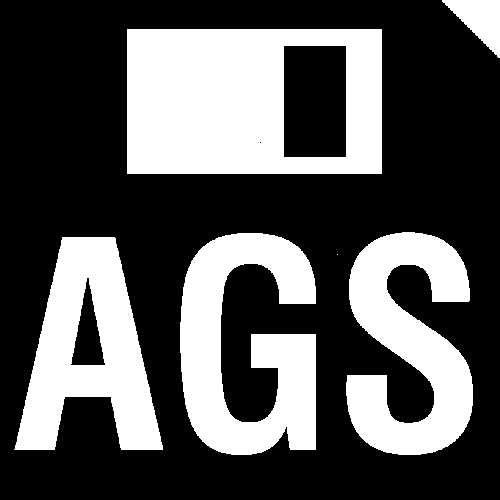
Feedback from Paul Chaplin, Data Manager, (Ground Risk & Remediation), WSP
“Having worked as a Geoenvironmental Data Manager for both consultants and contractors, I would say that Callum does have a point here. In my experience there isn’t a plethora of people within the industry that really know the ins and outs of the AGS format and one crucial thing that is often missed is that it is a data transfer format, not a data collection specification nor does it necessarily have to be the basis of the database structure.
There is often an expectation from consultants who are reasonably au-fait with AGS data to request that the contractor deliver things that may not have not been explicitly asked of them at the outset. “Please provide in AGS 4.0” is often used as a catch-all statement. Some information captured may be really important to the contractor, but be of little interest to the consultant (and vice-versa) and ultimately may depend on how far it is going to be analysed. Is it purely from a ground conditions / test results perspective? Or, as was the case with other major infrastructure projects, is the data also to be used as a project management tool to decide what the contractor could charge, and ultimately, be paid for?
Geology Codes are a prime example of going beyond the contractor’s remit of providing factual information. As per the AGS guidance, if required, the consultant should provide a list of geology codes to the contractor who may have a first pass at allocating a code. If the consultant overrules, then changes can be made during a clearly defined, agreed and staged log review process. (Prelim, Draft, Final etc). If this was not part of the specification and several weeks into the job the consultant decides that this is now a requirement, should contractor have to acquiesce? Does the catch-all statement cover that without there being a time/cost implication for the contractor?
There are many things still hanging over from earlier versions of the AGS format, which were not as fully formed as the current version. If there wasn’t a corresponding field for something that was required/collected it would regularly be placed in different field that did exist and the logs modified to utilise that field. AGS 4.0 arrived and was far stricter about what it would accept. Unfortunately, this is still not enough to stop PID results arriving in the Stratum Details table, or monitoring points such as standpipes not including any corresponding pipe construction information. This is where the “know-how” comes in. This can be supplemented with Data Management Plans, additional data related specification documents that are clear to all, along with a single point of contact between both contractor and consultant to iron out the inevitable wrinkles.
I would argue that good quality AGS Data is actually a by-product of effective data management throughout the Ground Investigation, not an end goal in itself, and it should be delivered alongside any Ground Investigation Report (possibly even at regular intervals during the GI). To achieve it is no small undertaking though, especially on large infrastructure projects and perhaps the upfront preparation, additional time and resources that have to be dedicated to it are not fully appreciated or understood.”
Feedback from Callum Irving, Consultant Engineering Geologist (Design), TSP Projects
“First of all, I would like to say how pleasing it is to see this topic discussed in such an intelligent and nuanced manner. I believe it is precisely what our industry requires at this moment. I would like to add to this discussion by offering a more pragmatic eye. The main challenge I find with AGS data is that it requires specialist software and in a lot of cases expert know-how to extract the information. Companies are still generating AGS 3.1 or simply not following AGS4 format rules. The specialist skill set and software is not yet prevalent in the industry. While I am an advocate of AGS, the reality is that PDF may still offer a more practical solution for many depending on the end goal and size of project.
The real power of AGS comes in big data analysis and data sharing across the industry. With the goal to produce localised geology/geotechnical data sets and geological ground models to reduce, not increase poorly targeted ground investigation. This then paves the way for evidence-based ground investigation and smarter geo engineering. This is where I believe we should focus our efforts.
There is a notion that more intrusive ground investigation gives you greater certainty in design. I would argue that robust ground/risk modelling and targeted investigation in relation to the engineering is far more valuable.”
This article was featured in the September/October issue of the AGS Magazine.